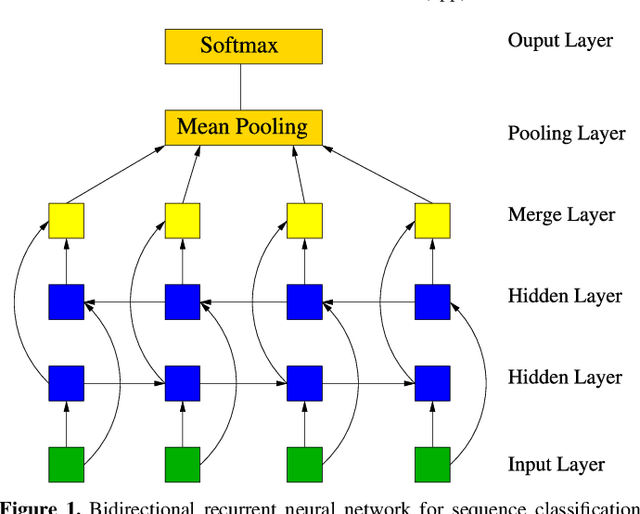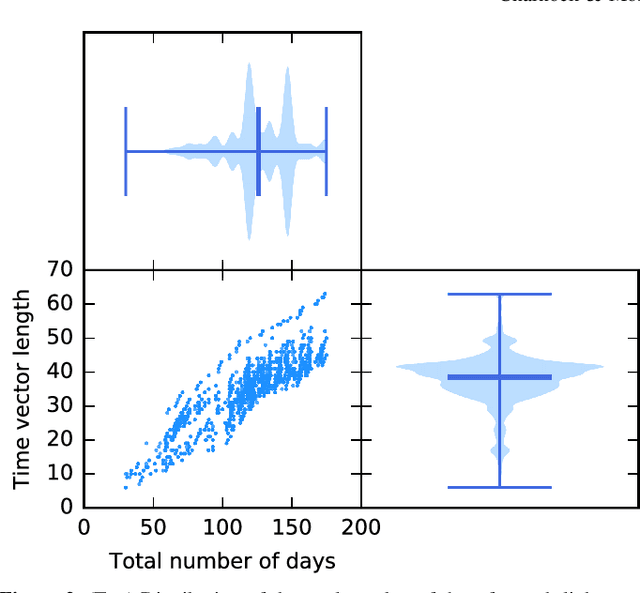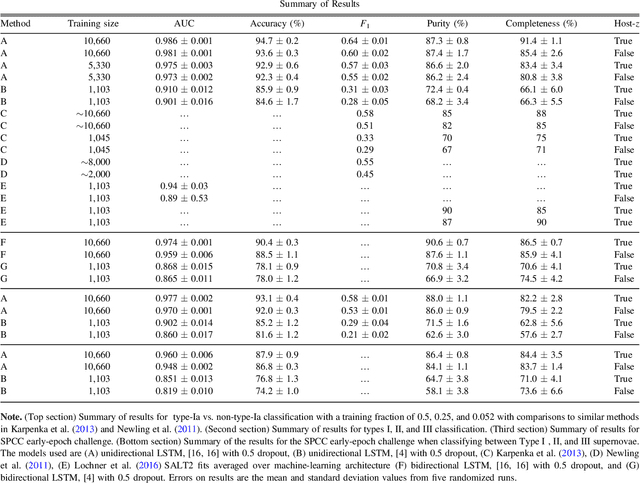Deep Recurrent Neural Networks for Supernovae Classification
Paper and Code
May 05, 2017



We apply deep recurrent neural networks, which are capable of learning complex sequential information, to classify supernovae\footnote{Code available at \href{https://github.com/adammoss/supernovae}{https://github.com/adammoss/supernovae}}. The observational time and filter fluxes are used as inputs to the network, but since the inputs are agnostic additional data such as host galaxy information can also be included. Using the Supernovae Photometric Classification Challenge (SPCC) data, we find that deep networks are capable of learning about light curves, however the performance of the network is highly sensitive to the amount of training data. For a training size of 50\% of the representational SPCC dataset (around $10^4$ supernovae) we obtain a type-Ia vs. non-type-Ia classification accuracy of 94.7\%, an area under the Receiver Operating Characteristic curve AUC of 0.986 and a SPCC figure-of-merit $F_1=0.64$. When using only the data for the early-epoch challenge defined by the SPCC we achieve a classification accuracy of 93.1\%, AUC of 0.977 and $F_1=0.58$, results almost as good as with the whole light-curve. By employing bidirectional neural networks we can acquire impressive classification results between supernovae types -I,~-II and~-III at an accuracy of 90.4\% and AUC of 0.974. We also apply a pre-trained model to obtain classification probabilities as a function of time, and show it can give early indications of supernovae type. Our method is competitive with existing algorithms and has applications for future large-scale photometric surveys.
 Add to Chrome
Add to Chrome Add to Firefox
Add to Firefox Add to Edge
Add to Edge